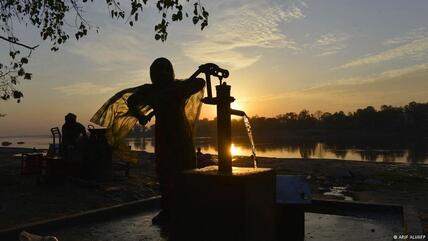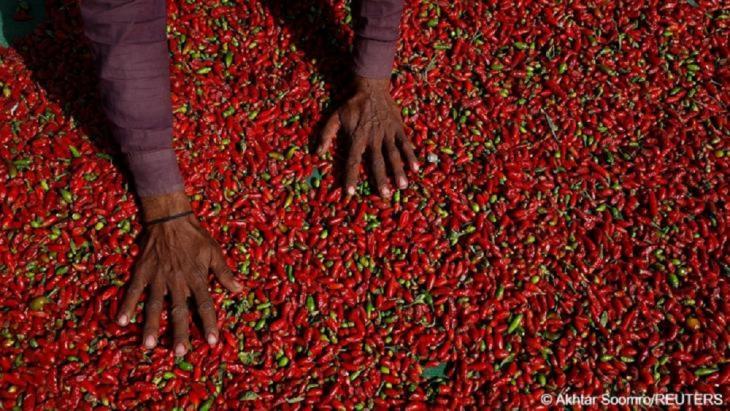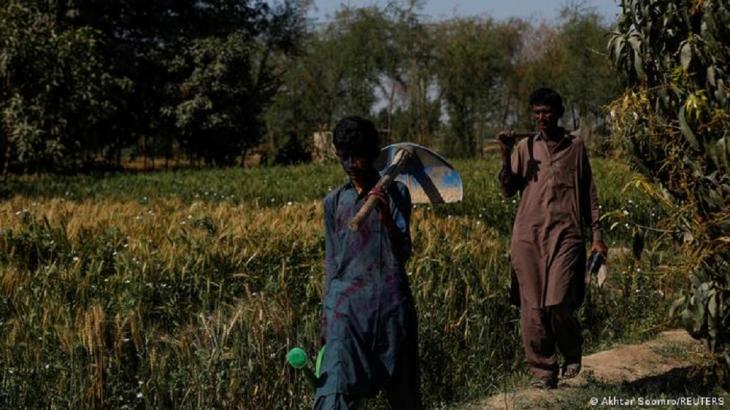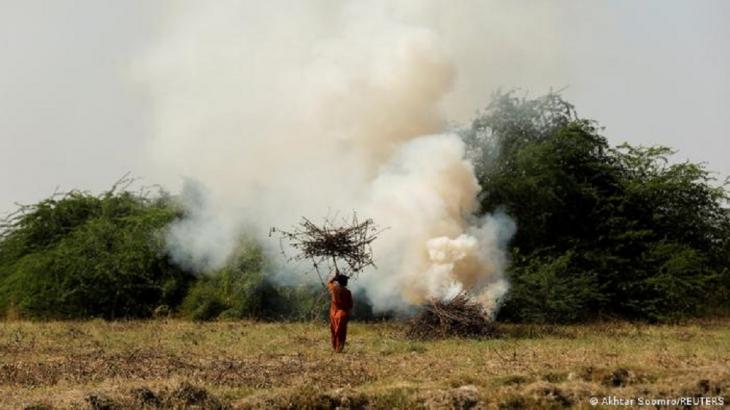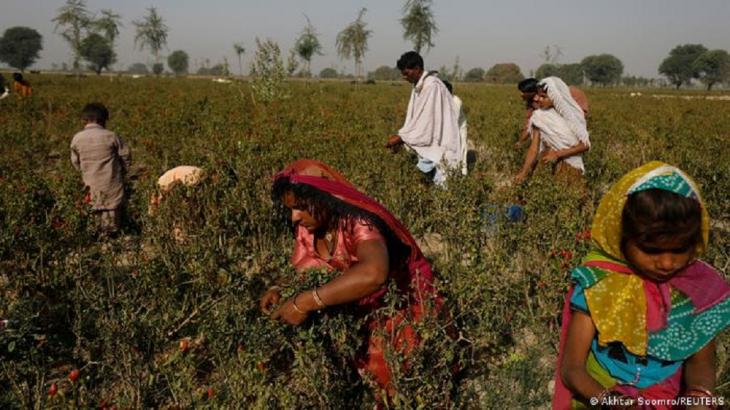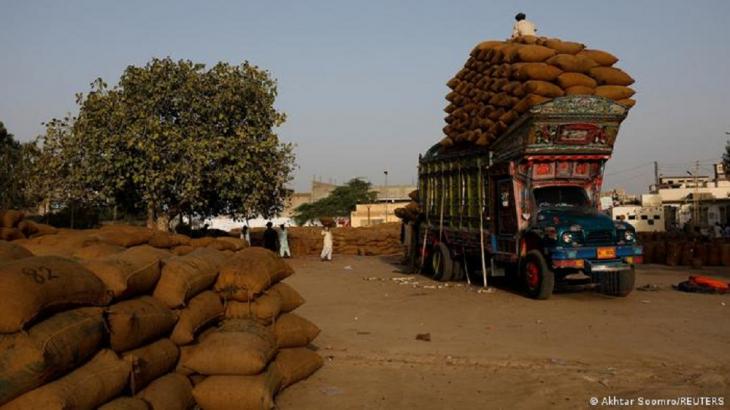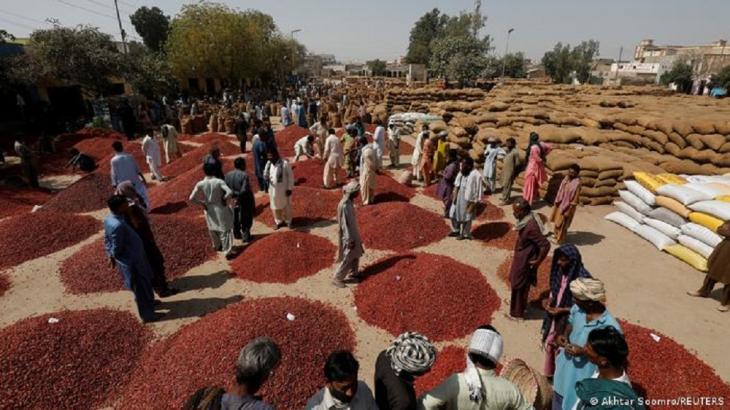Why are rural women more willing to vote?
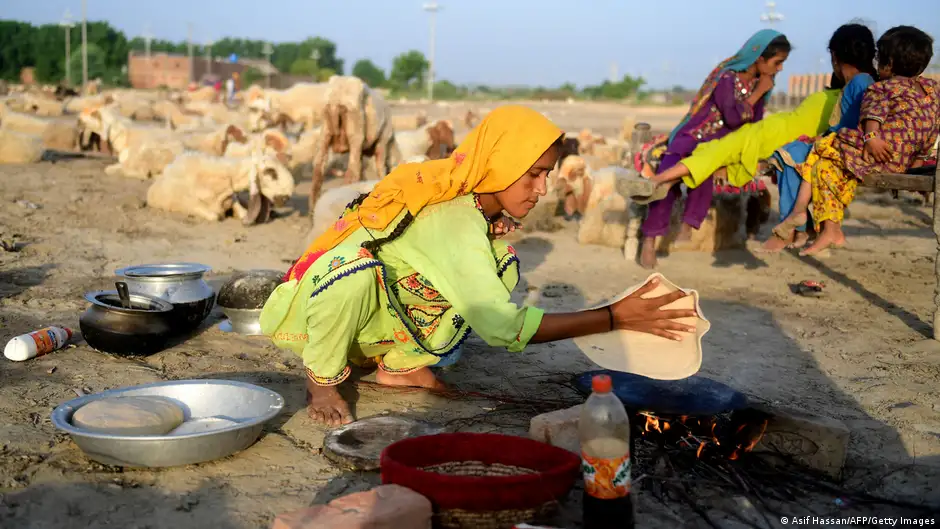
Pakistan is heading for an election on 8 February, with women accounting for just 58.5 million of the country's 127 million registered voters.
Women are less likely to register and fewer women than men turn up at the polls, even in big cities such as Lahore or Karachi.
"I never voted in last four general elections, and I'm still not interested in casting my ballot," Karachi-based university graduate Saadia Qamar said about the upcoming election.
Qamar is a former diplomat and a writer. She said she is disillusioned by the differences between her liberal worldview and the reality of Pakistani politics.
Women voters show up in force in rural areas
In developing countries, literacy and a higher standard of living are often listed as factors that motivate women to take a larger role in political life.
However, in Pakistan's 2018 general election, the five constituencies with the highest number of female voter turnout were all located in remote rural areas with lower living standards.
The average turnout was just over 51.7%, and close to 46.7% for female voters in 2018.
But in the two constituencies of the desert region of Tharparkar, female turnout was way more impressive, notching over 72.8% in one and close 71.5% in the other.
In both of those constituencies, the turnout was lower among men, with 65.4% in the first and around 70.5% in the second.
Tharparkar is a border area of Pakistan's Sindh province with a sizeable Hindu population in a Muslim-majority country.
It is considered underdeveloped even with regards to basic necessities such as potable water, electricity, schools, the healthcare system and the road network. However, the area is rich in coal reserves, and the government has been taking steps to mine the resource.
Cultivating chillies in a changing climate – Pakistan's tough harvest
Elections as a tool to secure food and jobs
Tharparkar resident and activist Pushpa Kumari said that economic troubles play a part in motivating female voters.
"The women of this remote region of Thar are not economically privileged as compared to the women from cities, and they develop hope after every five years to bring even the slightest of change in their lives by participating in the political system," she said.
The 49-year-old added that voting in this region is based more on winning over communities, making it easier for political candidates to consolidate votes from the entire village.
"There are also some women who trade their votes with candidates in return for basic necessities like food, for a bag or two of flour, or guarantee of a public job," Kumari said, adding that poverty forces people to find ways to meet their basic needs.
Women are once again looking forward to the upcoming general elections in February, as they have no other choice than to get involved and improve their livelihoods, according to Kumari.
Besides the two Tharparkar constituencies in the Sindh province, the remaining three areas with the highest female voting turnout rations are in rural remote parts of Punjab.
Taj Haider, a senior politician from centre-left Pakistan's People's Party, said that women in remote areas have become more conscious of politics and have more to bargain with. "The interest of rural women in electoral system in Pakistan is unprecedented," he said.
According to Haider, the driving factors for political mobilisation are poverty and the desire for change, rather than education or higher social status. Mainstream Pakistani political parties are focusing on core issues that matter to rural women, Haider added.
These issues include improving social safety programmes and the country's healthcare system, but he warns that enormous work has yet to be done in rural and underdeveloped areas to improve lives of poverty-stricken women.
© Deutsche Welle 2024
